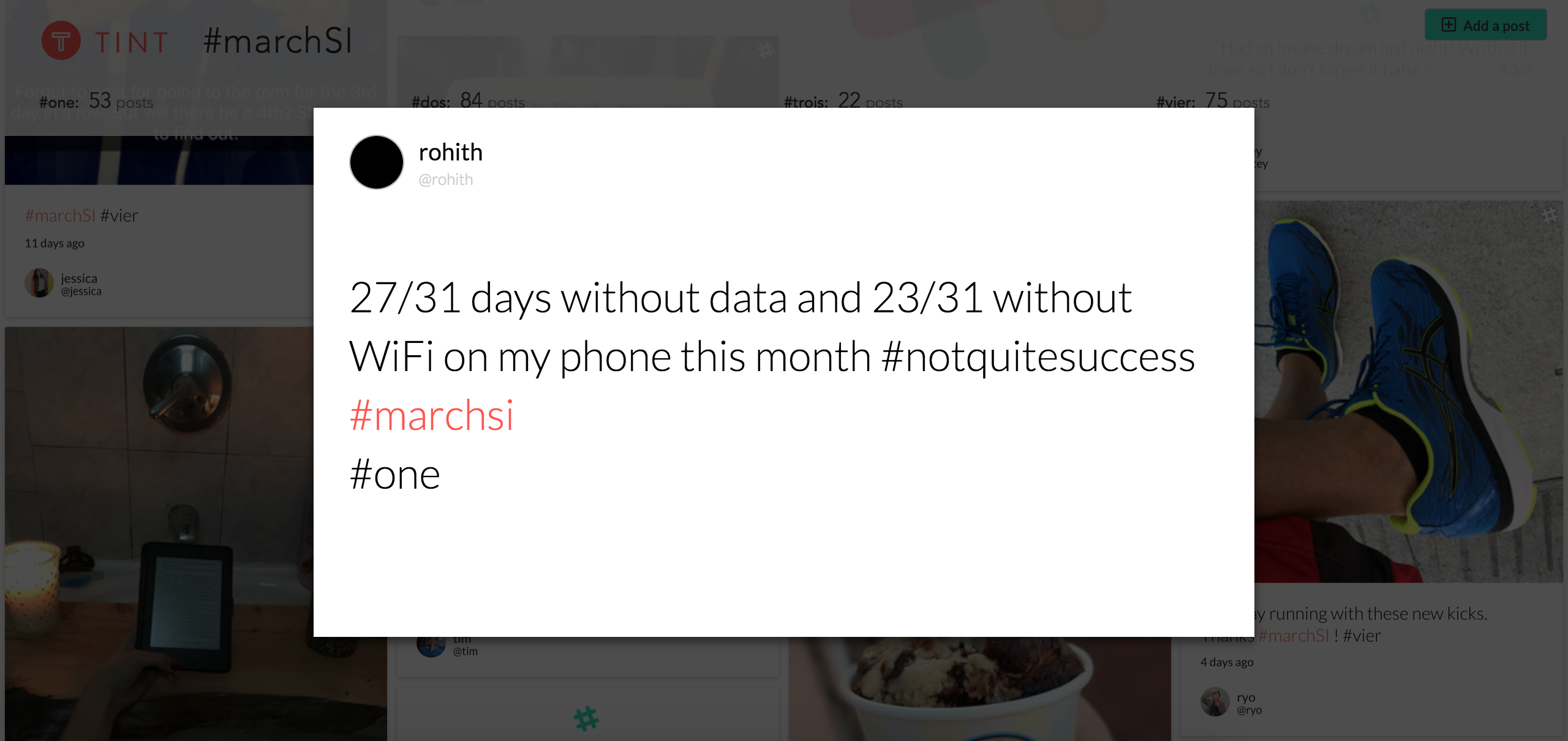I am really bad at email, and that is intentional. I’ve been lucky enough to work in some great technology companies and I have come to the conclusion that email is the most counter-productive work tool ever conceived. Here is why.
It is old.
Email is more than 40 years old — it predates the internet itself. What other tools do you use every day that were invented when bell bottoms and afros were trendy? Not sure about you, but I have not faxed a memo or watched a movie on laserdisc in a while. Email is a technical dinosaur.
It is interruptive.
The problem with email is that anyone, anywhere, anytime can interrupt you without the permission to do so. The endless push notifications in your pocket multiply this effect hundreds of times over. You should be able to collaborate on your own terms. Email does not respect your time.
It is addictive.
Sometimes, albeit very very rarely, you get that special message you have been looking for. It is super stimulating and fires the endorphin receptors in your brain. This stimulant boost is fleeting though, and it becomes unexpected and randomized. Randomized boosts of pleasure is a template for addiction. If this sounds familiar it’s because it is — this is how slot machines keep gamblers addicted. Email plays games with your brain.
Long story short, email is old and disrespectful technology that sucks the life out of your work day. That’s why, here at TINT, we do it differently.
Better Collaboration
Today we have something that they did not in the 1970s: brilliant experience designers that understand people and communication in the digital world. New technology paired with new designers can be a potent mix. This is what better collaboration tools look like:
Better collaboration tools default to transparency. Email mandates unnecessary opacity. The only way to “keep everyone on the same page” is to actually keep everyone the same page.
Better collaboration tools are invite only. Your time is your most valuable asset, so the only people that can exert influence over it should be those that you have chosen to trust and work closely with.
Better collaboration tools are short format. Email let’s anyone say anything, any way they want, and so email often resembles long form expositions. But we don’t talk like that in real life — we have dynamic conversations where we listen, learn, and respond. Short format communication has an effect like an agenda, it will keep you on track focused on the objective at hand.
Best Tools for Replacing E-mail
I’m in a war against email. Email will probably always have it’s place for people outside your company communicating in… but for internal team communication, email, to me, in 2014, seems inexcusable. Here are some tools that I personally have used and love.
To collaborate in groups:
Without the need for subject lines and complicated threads, these open format group chats will cut down your time spent in email by 10x, instantly. At TINT we have been using Hipchat with great success. We are also concurrently testing Slack, which allows us to integrate with other tools we are using, like Intercom, GitHub and Twitter.
Above you can see how we use Slack to collaborate quickly and effectively – Lukas sends out messaging for our customers to a team room, Muriel and Tim respond with feedback, Lukas adjusts, and Tim approves the final version. It takes 9 minutes from start to finish.
To video chat:
Google Hangouts, Skype, Appear.in
Body language is the X factor in communication that you will never be able to get via voice or text. At TINT, we use Google Hangouts to connect with team members on other continents during our daily standup – the flexibility to let others leave the call, and its ability to screenshare, allows for more in-depth one-on-one conversations to continue after the standup has ended.
To manage projects:
Basecamp, Trello, Invision, Weekdone, PivotalTracker
For complex projects with multiple stakeholders. These tools give an easy interface to keep everyone up to date on every project. These tools are versatile too – they don’t need to be limited to managing daily tasks. We used Trello on our team retreat to set our product roadmap and priorities for the next quarter – we broke into groups of three to set priorities, and then found a team consensus by dragging and dropping upcoming projects until they were in a suitable order.
To store information:
Dropbox, Evernote, Google Drive
Never ever use email as a document storage system — it is a mess. Keep them in the cloud indexed according to your own system so you can easily access them from anywhere in the world. Google Drive is particularly great for documents on which multiple team members are contributing or editing. Word has its place – and its not on a team that needs to collaborate and move fast.
TINT itself is built upon the social communication revolution, so we consider it our duty and responsibility to be pioneers in better collaboration. What are your best methods for escaping email? You can comment below or tweet at @Tint or at me @Yes. I’d love to hear your thoughts. And please, do not email me 🙂





![Give Your Audience a New Perspective With UGC + DAM Webinar with Widen [Summary, Slides, and Recording]](https://www.tintup.com/blog/wp-content/uploads/Screen-Shot-2018-09-14-at-1.52.14-PM.png)

